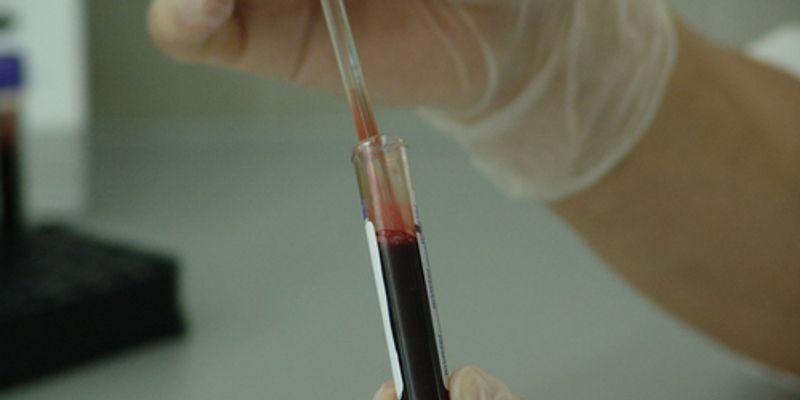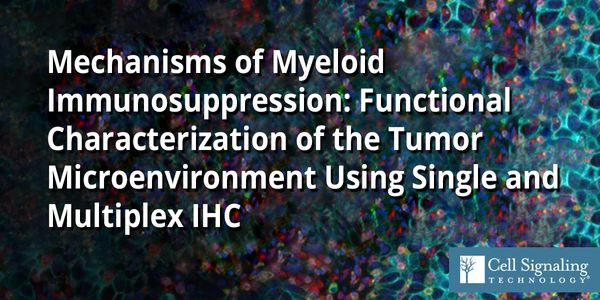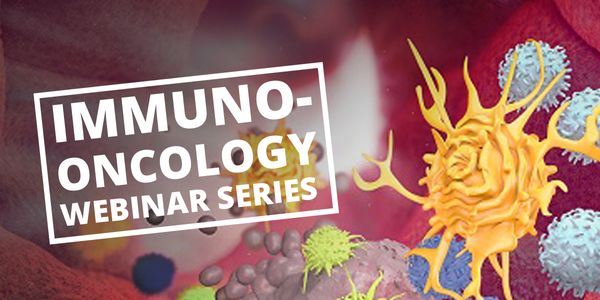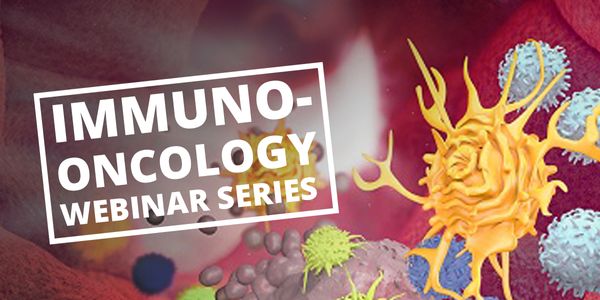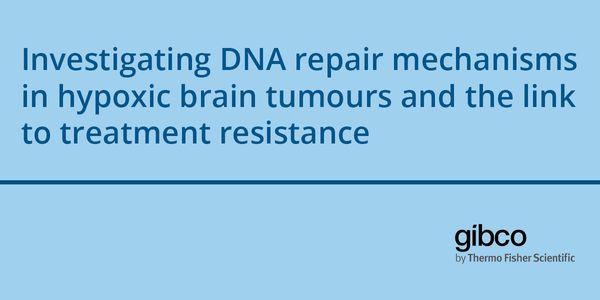Deep phenotyping
Deep phenotyping is the precise and comprehensive way of observing and describing phenotypic abnormalitis. It tends to gather details about a disease manifestation in a finer-grained way.
-
OCT 03, 2018 | 9:00 AMDATE: October 3, 2018TIME: 9:00am PDT, 12:00pm EDT Infiltrating myeloid cells constitute a significant component of the suppressive tumor microenvironment (TME) a...MAY 29, 2018 | 9:00 AMRecent advances in immuno-oncology research has proven the critical role of immune cells in cancer therapy. Deep understanding of the interaction and phenotype of immune and tumor cells withi...MAY 24, 2018 | 9:00 AMRecent advances in immuno-oncology research has proven the critical role of immune cells in cancer therapy. Deep understanding of the interaction and phenotype of immune and tumor cells withi...APR 27, 2018 | 10:00 AMDATE: April 27, 2018TIME: 10:00am PST, 1:00pm ESTGlioblastoma (GBM) and Medulloblastoma (MB) are the most common adult and paediatric brain tumours, both of which can have devastating c...The field of melanoma has been transformed by the parallel development of effective immune and targeted therapies. There is now strong evidence of cross-talk between oncogenic signaling...Speaker: Michael Davies, MD, PhD , Joseph Beechem, PhD
DATE: June 27, 2017TIME: 8:00am PT, 11:00am ETThe purpose of this study is to identify genetic variants that influence cellular responses, and patterns of M.tb infection and growth in h...
Speaker:
Audrey Papp, B.S., MT ASCP(H), CLSp MB
Sponsored By: Thermo Fisher Scientific - Ion Torrent
Pathology departments are under significant pressure to meet the demands of a precise medicine environment where general phenotypic attributes are no longer sufficient for accurately defining...
SEP 30, 2015 | 1:30 PM
Biomarkers, with their associated “tsunami” of publications, represent what is arguably one of the largest areas of scientific inquiry in the history of biomedicine. Touted as the...
Biofilm is an ancient and preferred mode of growth for microbes with 99% of all microbes residing in a biofilm. Biofilm is characterized by a community of microbes (usually polymicrobial ofte...
OCT 29, 2014 | 9:00 AM
Although robust and clinically meaningful biomarkers are key to achieving the current vision for precision (molecularly based), cancer medicine (patient stratification, early diagnosis, drug...
Speaker:
Anna Barker, PhD
OCT 16, 2013 | 10:00 AM
C.E. CREDITS
The current paradigm of detecting established cancer (often too late) and treating routinely with cytotoxic drugs is beginning to change. Advanced technologies such as whole genome sequencin...
Speaker:
Anna Barker, PhD
AUG 21, 2013 | 4:00 PM
C.E. CREDITS
High throughput transcriptomic analyses have shown that most of the human genome is dynamically transcribed to produce an extraordinary range of overlapping and interlacing intronic, intergen...
Speaker:
John Mattick, PhD,AO, FAA, FRCPA
Presented at: Genetics and Genomics Virtual Event Series 2013
OCT 03, 2018 | 9:00 AM
DATE: October 3, 2018TIME: 9:00am PDT, 12:00pm EDT Infiltrating myeloid cells constitute a significant component of the suppressive tumor microenvironment (TME) a...
MAY 29, 2018 | 9:00 AM
Recent advances in immuno-oncology research has proven the critical role of immune cells in cancer therapy. Deep understanding of the interaction and phenotype of immune and tumor cells withi...
MAY 24, 2018 | 9:00 AM
Recent advances in immuno-oncology research has proven the critical role of immune cells in cancer therapy. Deep understanding of the interaction and phenotype of immune and tumor cells withi...
APR 27, 2018 | 10:00 AM
DATE: April 27, 2018TIME: 10:00am PST, 1:00pm ESTGlioblastoma (GBM) and Medulloblastoma (MB) are the most common adult and paediatric brain tumours, both of which can have devastating c...
The field of melanoma has been transformed by the parallel development of effective immune and targeted therapies. There is now strong evidence of cross-talk between oncogenic signaling...
Speaker:
Michael Davies, MD, PhD
, Joseph Beechem, PhD
DATE: June 27, 2017TIME: 8:00am PT, 11:00am ETThe purpose of this study is to identify genetic variants that influence cellular responses, and patterns of M.tb infection and growth in h...
Speaker:
Audrey Papp, B.S., MT ASCP(H), CLSp MB
Sponsored By: Thermo Fisher Scientific - Ion Torrent
Pathology departments are under significant pressure to meet the demands of a precise medicine environment where general phenotypic attributes are no longer sufficient for accurately defining...
SEP 30, 2015 | 1:30 PM
Biomarkers, with their associated “tsunami” of publications, represent what is arguably one of the largest areas of scientific inquiry in the history of biomedicine. Touted as the...
Biofilm is an ancient and preferred mode of growth for microbes with 99% of all microbes residing in a biofilm. Biofilm is characterized by a community of microbes (usually polymicrobial ofte...
OCT 29, 2014 | 9:00 AM
Although robust and clinically meaningful biomarkers are key to achieving the current vision for precision (molecularly based), cancer medicine (patient stratification, early diagnosis, drug...
Speaker:
Anna Barker, PhD
OCT 16, 2013 | 10:00 AM
C.E. CREDITS
The current paradigm of detecting established cancer (often too late) and treating routinely with cytotoxic drugs is beginning to change. Advanced technologies such as whole genome sequencin...
Speaker:
Anna Barker, PhD
AUG 21, 2013 | 4:00 PM
C.E. CREDITS
High throughput transcriptomic analyses have shown that most of the human genome is dynamically transcribed to produce an extraordinary range of overlapping and interlacing intronic, intergen...
Speaker:
John Mattick, PhD,AO, FAA, FRCPA
Presented at: Genetics and Genomics Virtual Event Series 2013
